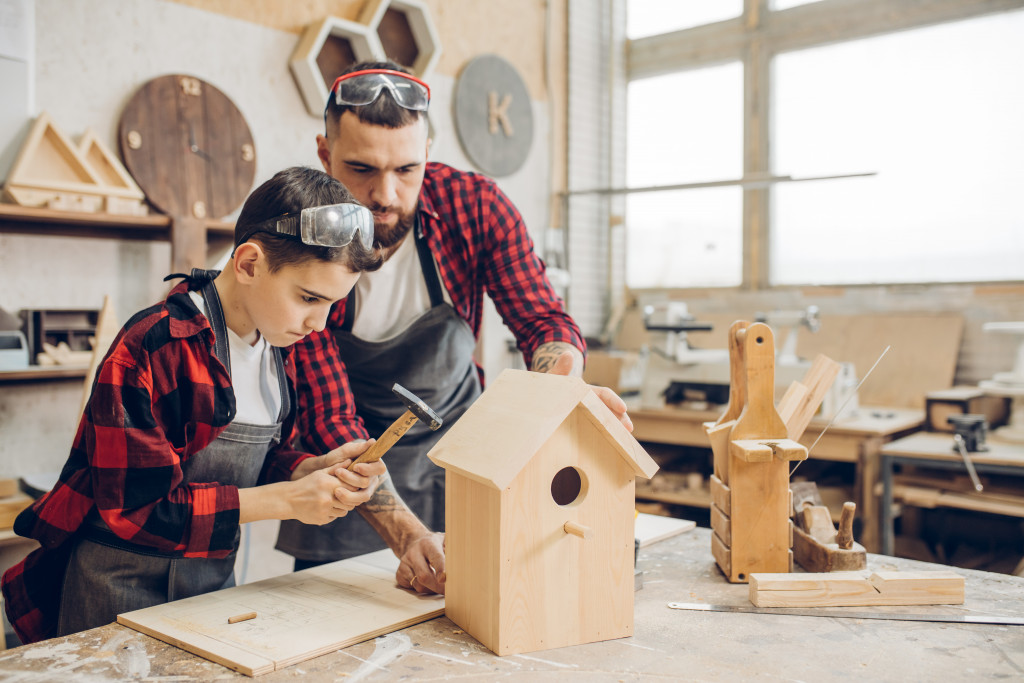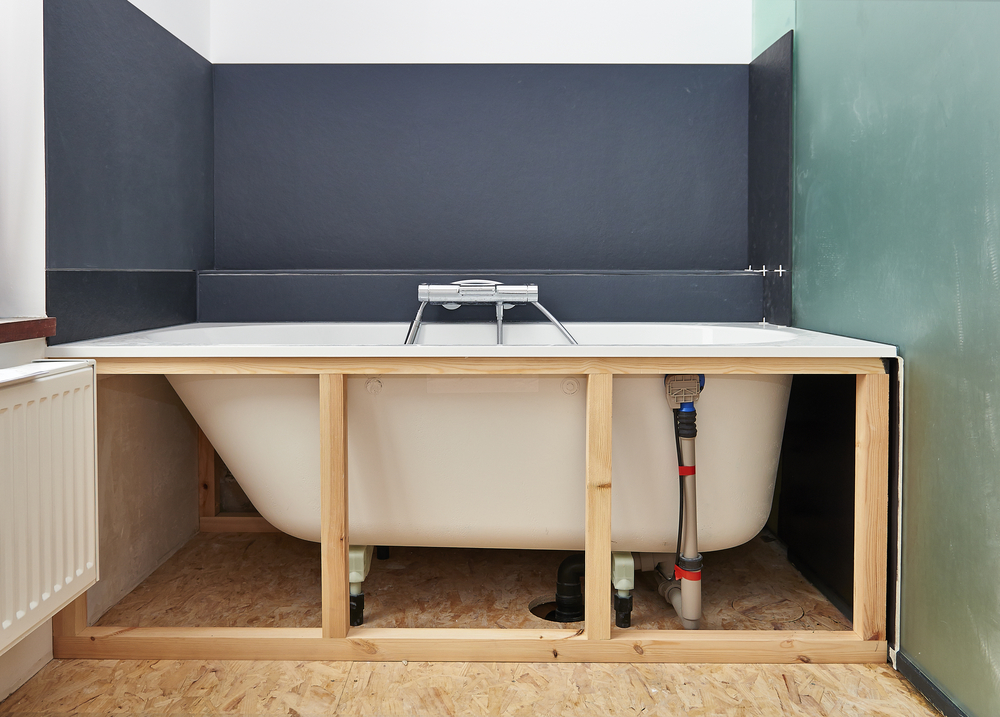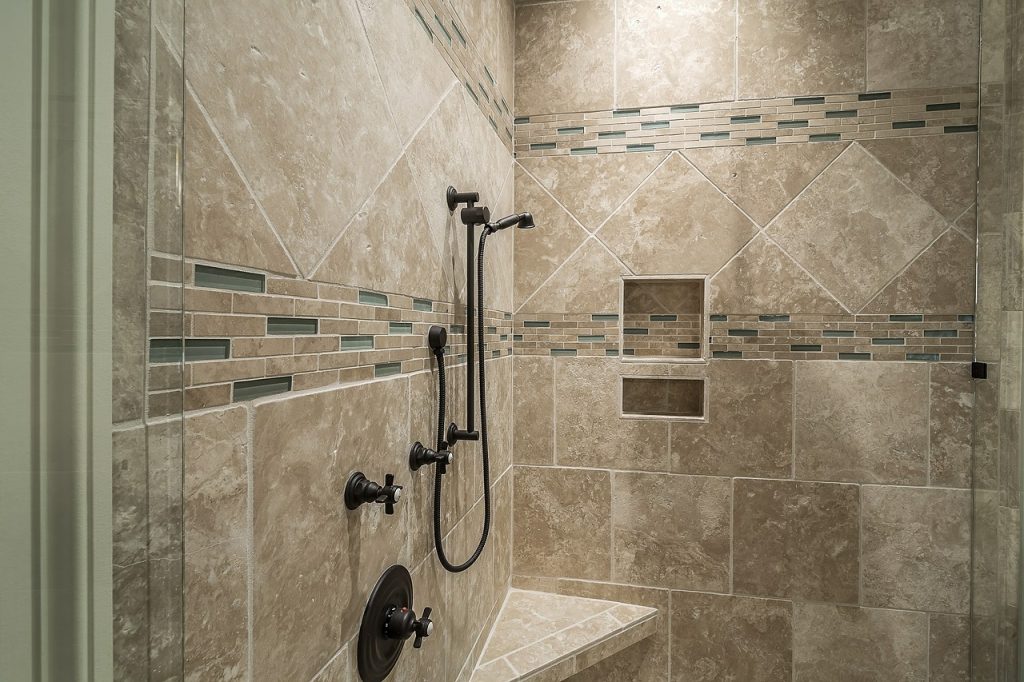DIY projects can be a fun way to spend your weekend. Moreover, if you do it successfully, the outcome not only leads to the creation of a unique piece; you get to save money that otherwise will be used to purchase a mass-manufactured item from a big box store.
So many people nowadays are willing to get their hands dirty to DIY different items. From a trendy mirror with spray foam edge to a sturdy and rustic coffee table book — people are experimenting and trying out different projects on their own.
The rise of DIY is made possible by YouTube, Instagram, and other platforms that offer guides and instructions on how to make different items at home. Even those who don’t have the background necessary to build furniture and other decor items can easily make something of their own.
However, DIY projects tend to be a hit or miss. In fact, many projects turn out bad which can discourage anyone from making any other attempts.
Here’s how to nail your DIY projects every time.

Measure Thrice
Your measurements are crucial to the success of the project. That’s why you should always measure thrice. This means that you have to achieve precision when doing your calculations. Otherwise, your projects will turn out crooked and their structural integrity compromised. Imagine having a stool with one foot shorter than the others. You’ll only waste your time as well as your resources if you end up with inaccurate measurements.
Measure everything not just once or twice; measure parts three times or more — as often as you need to get the accurate sizes.
Make a Plan
Creating a plan is an essential step to take when you’re doing a DIY project. This includes itemizing every part and step of the process. If you have to, make a blueprint or drawing first before going ahead with your projects. You can also jot down notes on how you plan to tackle each project. This way, you won’t forget something and your project comes out as intended.
You may think that it’s easy to memorize everything you need to do. However, it’s easy to forget tasks when you have so many things in your mind.
As they say, fail to plan and you plan to fail.
Learn About Different Terms and Techniques
Not all DIY projects follow the same procedure and tools. There are some home improvement projects which require different techniques and steps. For example, you can’t use a drill to cut wood — it will cause splinters and cracks on your material.
Before starting your project, make sure you have the know-how in terms of the right tools and materials. This will require you to search for definitions and descriptions, how-to guides, and other relevant information that will you build your project. Does the material require plastic bonding? Are you using wood glue? Does it need wall brackets?
There’s a lot to know before you start and complete a project. It’s a learning process, so just make sure you do your own research for it.
Follow the Instructions Provided
Once you have a plan, make sure to follow everything as indicated in the instructions. It’s not wise to take shortcuts or ignore steps because this could cause problems later on. It may be inconvenient right now to, for example, paint the bracket before attaching it to your floating wall shelf. However, it will make the process easier.
This also includes using the right tools and materials to successfully complete your DIY projects.
Seek Help if You Need It
DIY projects don’t require advanced skills; but for some, it can be difficult to make progress without help. If you encounter problems along the way or need recommendations on materials to use, seek out experts. Your local contractor, for example, can help figure out where you went wrong and correct it. You can also ask questions at your local hardware store because their staff is usually well-versed with how to use or where to use different tools and materials.
You can also always go online and ask for advice from fellow DIYers. Reddit, Twitter, Instagram, and Facebook are good places to seek advice from regular people who may know how to create these items more than you do. They’re more than willing to help you make your projects successful.
DIY projects can be an exciting way to save money and learn new skills. It’s also a great way to improve your home with unique and customized pieces you made with your own two hands.




